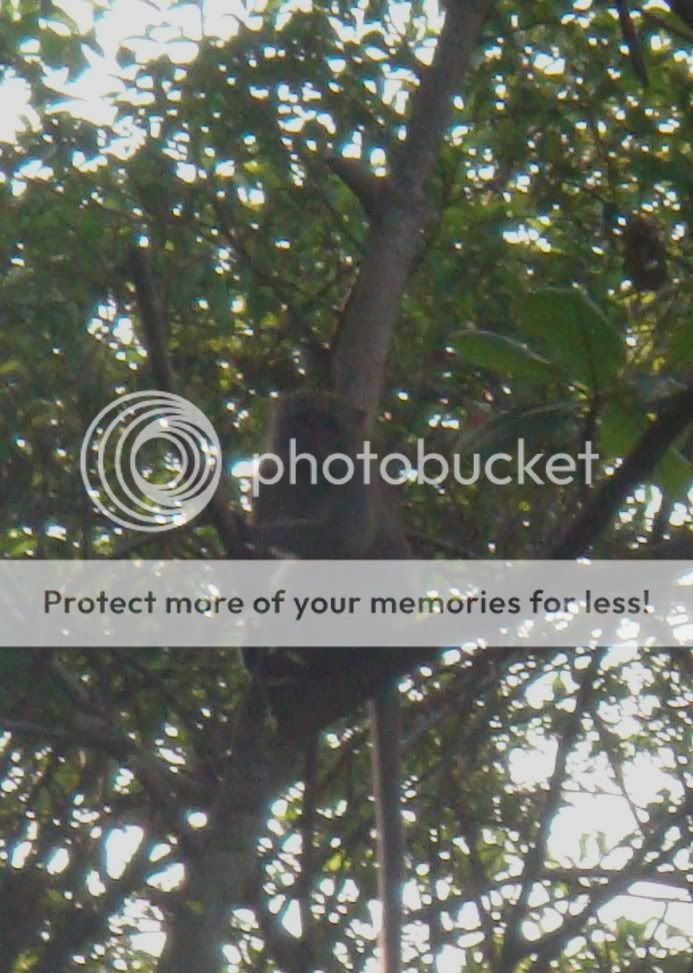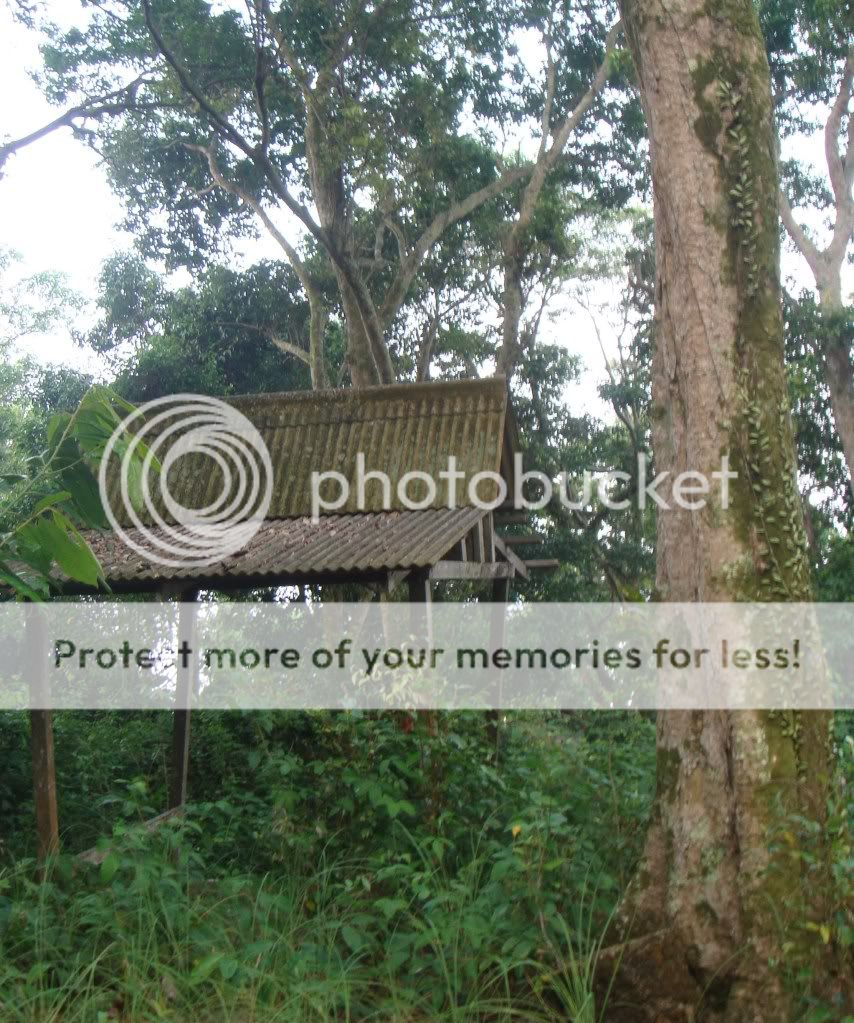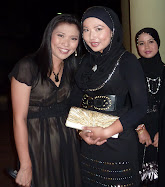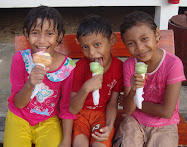 As described in an earlier post, Lis Na Ree was a decent place to stay for a very reasonable price. The distinguishing feature of their pool is an enormous Penaga Laut tree (Calophyllum inophyllum) tree at one end of the swimming pool, which makes for an interesting view when swimming on one's back. The tree was so interesting that I did some research later. The Healing Trail: Essential Oils of Madagascar, a book written by Georges Halpern and Peter Weverka (2002), was one of the more interesting sources about the Penaga Laut.
As described in an earlier post, Lis Na Ree was a decent place to stay for a very reasonable price. The distinguishing feature of their pool is an enormous Penaga Laut tree (Calophyllum inophyllum) tree at one end of the swimming pool, which makes for an interesting view when swimming on one's back. The tree was so interesting that I did some research later. The Healing Trail: Essential Oils of Madagascar, a book written by Georges Halpern and Peter Weverka (2002), was one of the more interesting sources about the Penaga Laut.As seen in the photo, the fruit grows to about the size of an apricot and contains a yellow seed from which a valuable oil can be obtained (in Madagascar, the oil is called foraha). The oil has been shown to cure skin diseases, including: cuts, cold sores, rashes, blisters, burns, psoriasis, acne, eczema, and chapped lips.
One of the most interesting item about the 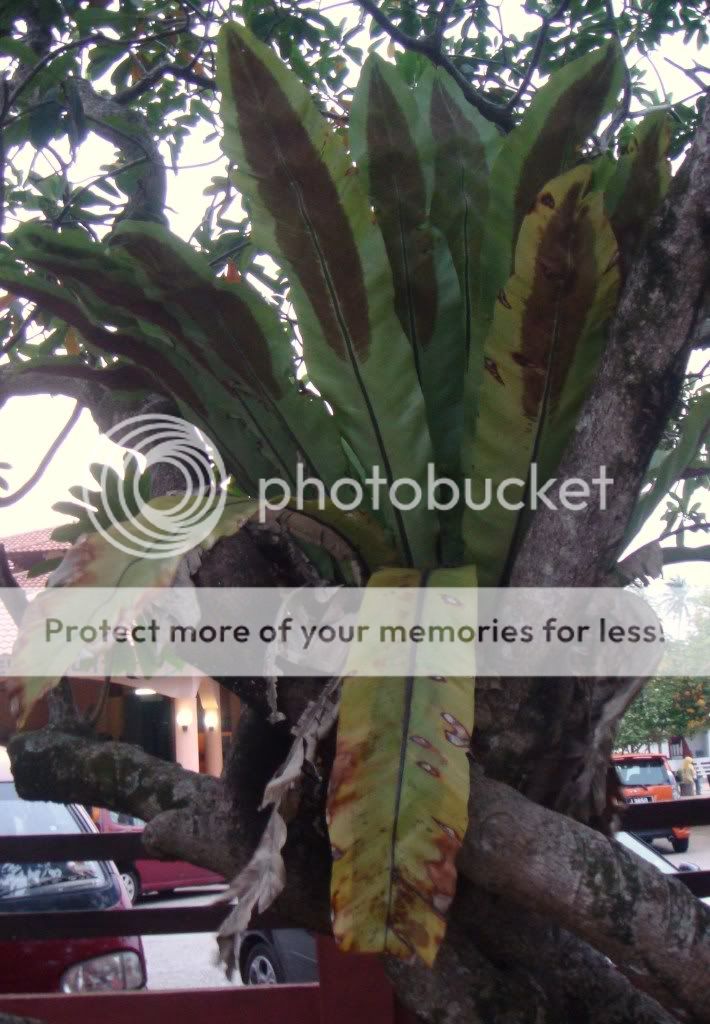 tree may be two chemicals found within the leaves of a related species in Sarawak (Calophyllum lanigerum, Bintangor in Malay) which were discovered to act against the HIV virus. The original plant material was collected in 1987, but when researchers went back in 1992 to find the same tree from which the materials were collected, the tree had been cut down. Urban legend has it being logged, but in truth the tree had been small and was cut down in the initial collection effort.
tree may be two chemicals found within the leaves of a related species in Sarawak (Calophyllum lanigerum, Bintangor in Malay) which were discovered to act against the HIV virus. The original plant material was collected in 1987, but when researchers went back in 1992 to find the same tree from which the materials were collected, the tree had been cut down. Urban legend has it being logged, but in truth the tree had been small and was cut down in the initial collection effort.
(Left: Bird's Nest fern growing in a Penaga Laut tree)
For our purposes, the Penaga Laut is one of the few plant species that have drift seeds: seeds that are water-proof and can thus drift for many miles in the ocean until they land on and populate isolated islands. Cocos nucifera (common coconut palm) is the most famous, but in the South China Sea, one can also find the Penaga Laut on many seashores.
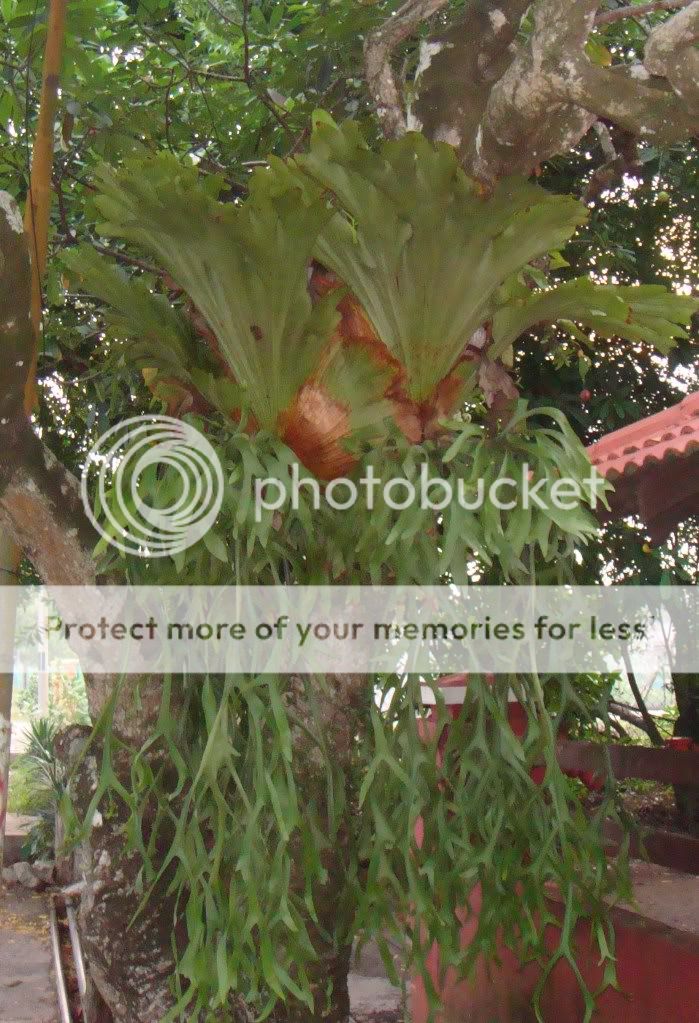
The Lis Na Ree also had two very large epiphytes growing in trees just outside their parking lot. Epiphytes are plants that grow on other plants, usually trees, and obtain most of their nutrients from rainwater. The fern in the above photo is, I believe Asplenium nidus (Bird's Nest fern), while the one in the lower photo is Platycerium coronarium (Stag's Horn fern).
 tree may be two chemicals found within the leaves of a related species in Sarawak (Calophyllum lanigerum, Bintangor in Malay) which were discovered to act against the HIV virus. The original plant material was collected in 1987, but when researchers went back in 1992 to find the same tree from which the materials were collected, the tree had been cut down. Urban legend has it being logged, but in truth the tree had been small and was cut down in the initial collection effort.
tree may be two chemicals found within the leaves of a related species in Sarawak (Calophyllum lanigerum, Bintangor in Malay) which were discovered to act against the HIV virus. The original plant material was collected in 1987, but when researchers went back in 1992 to find the same tree from which the materials were collected, the tree had been cut down. Urban legend has it being logged, but in truth the tree had been small and was cut down in the initial collection effort.(Left: Bird's Nest fern growing in a Penaga Laut tree)
For our purposes, the Penaga Laut is one of the few plant species that have drift seeds: seeds that are water-proof and can thus drift for many miles in the ocean until they land on and populate isolated islands. Cocos nucifera (common coconut palm) is the most famous, but in the South China Sea, one can also find the Penaga Laut on many seashores.

The Lis Na Ree also had two very large epiphytes growing in trees just outside their parking lot. Epiphytes are plants that grow on other plants, usually trees, and obtain most of their nutrients from rainwater. The fern in the above photo is, I believe Asplenium nidus (Bird's Nest fern), while the one in the lower photo is Platycerium coronarium (Stag's Horn fern).
(Right: Stag's Horn fern growing in a Penaga Laut tree)
Finally, the Lis Na Ree is right across the road from a goat farm. The owner of the resort informed me that the goats are not being raised for their milk, but rather for the annual Korban sacrifice that is practised by the Malay Muslims of Malaysia. During the month leading up to Hari Raya Korban, families will either go in to buy a cow (lembu korban, for up to 7 families) or a goat (kambing korban, for 1 family). Cows usually run in the RM1,500-2,000 range whereas goats are around RM350-500.

The goat farm is well-kept, and is not smelly according to the resort owner. As you can see in the background, there is a shelter on posts that get the goats off the ground at night. The bucks, does, wethers, and kids have ample room to roam and graze.
(Left: Goat farm across from Lis Na Ree, South China Sea in background)
Take a look at the video below and you will see some youngsters, males no doubt, practice their head-butting skills.








